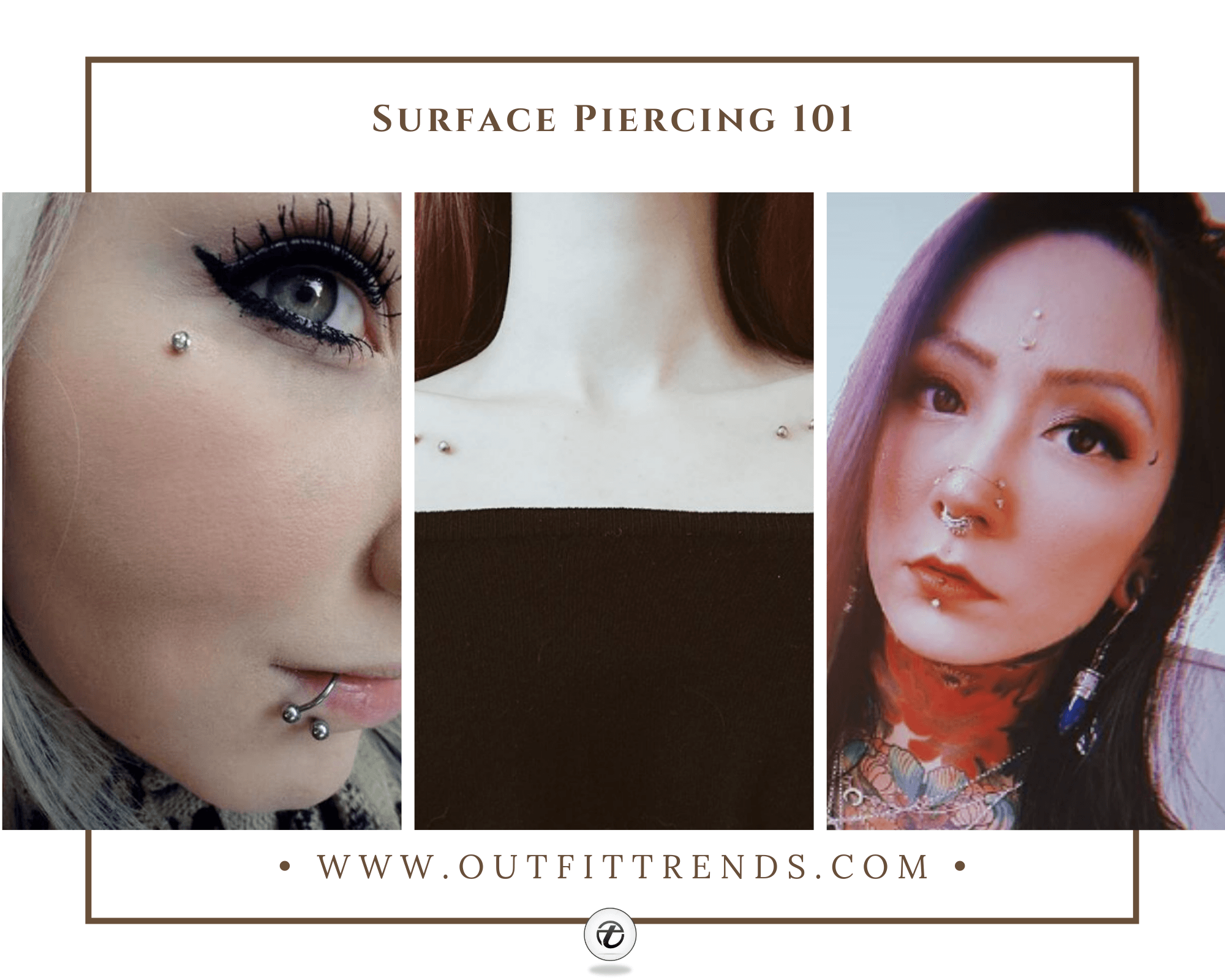Cartilage Piercings Guide – Every Thing You Need to Know About it
Complete Information of Cartilage Piercings. As a person who loves body mods and is covered in tattoos and piercings, from simple lobe piercings all the way to surface piercings on my chest and back of my neck, I would like to think I have plenty of experience on this topic.
Lets go back for a moment, I remember my very first piercing, my lobes, I remember being terrified but plucked up the courage to get them done and afterward did not really understand why I was that scared. The same feeling goes for my first cartilage piercing which was the top of my ear. I now have eight cartilage piercings including my forward helix and tragus. Based on knowledge, facts and my own personal experience I bring you this post on all you need to know about cartilage piercings.
What Is A Cartilage Piercing and How Do You Get Them Done?
Cartilage is a flexible tissue found throughout the body and is recognised commonly in the ears and nose. A cartilage piercing is a hole punched out of the cartilage to create a hole suitable for jewellery. Before getting your new shiny piercing there are factors you MUST consider. Is your piercer a professional? More and more people now are getting piercing kits online and doing it from home and the consequences are usually finalised with an infected piercing. To avoid this, be sure to go to a professional. Is your professional using a needle or a gun? If your piercer pulls out a gun Run! Piercing guns can shatter cartilage causing more long term damage than just a hole. Make sure they use a hollow, sterilised needle for a smooth and less traumatic piercing. Is their equipment and environment safe and sterile? Make sure any needles have been opened from a vacuum packet in front of you. This way you know that the equipment has been through autoclave and is sterile. Your piercer must wear gloves to prevent any cross-contamination. It is also a good idea to have your piercing done with a bar which is longer than the width of your skin by at least 4mm (2mm on either side). This is to allow for any swelling after piercing. Although swelling should not really occur, it is always best to stay on the safe side.






















